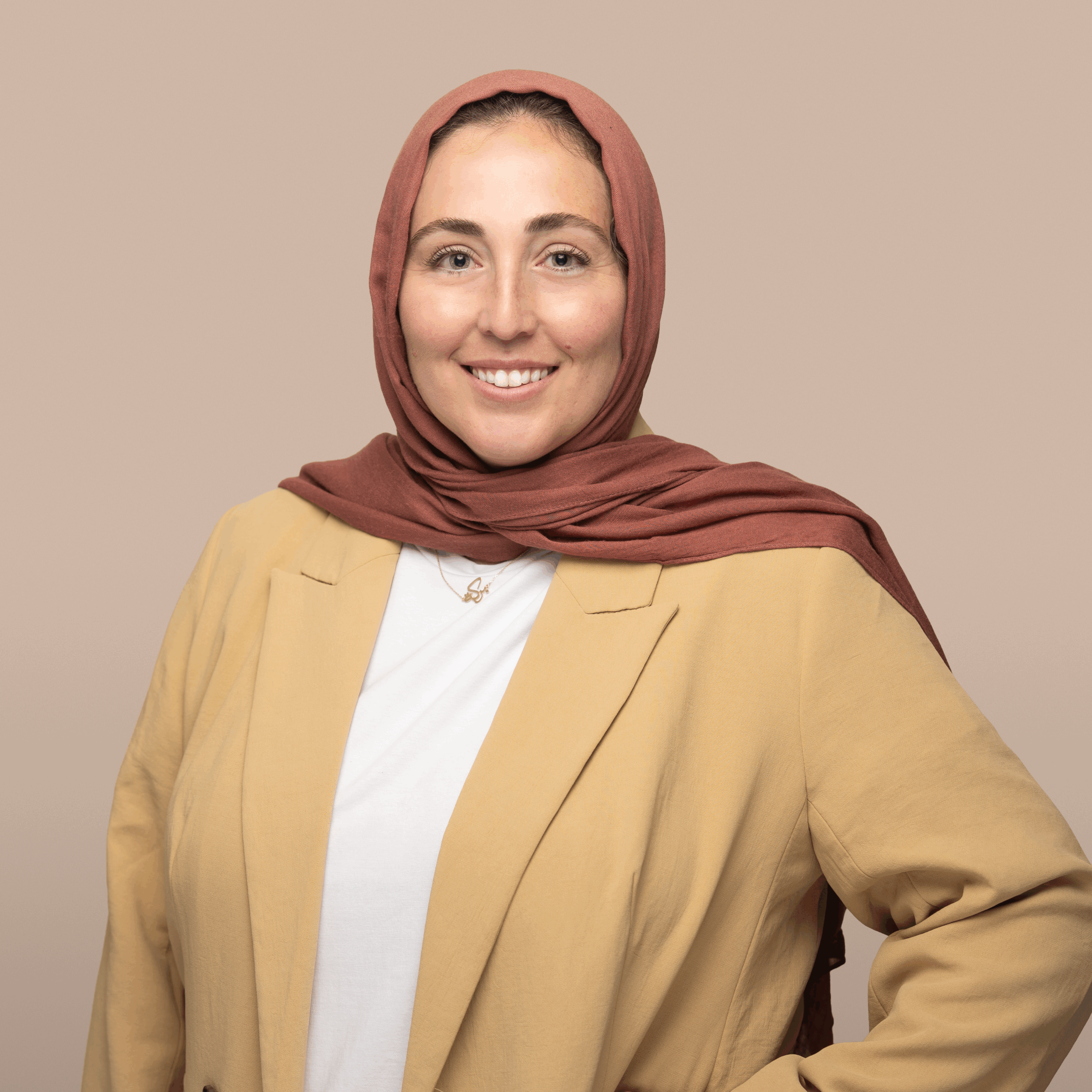Publication
Investing In Climate Equity

Lesson and Opportunities for Increasing Green Bank Investments in Communities of Color
BY IRENE FARNSWORTH & RAWAN ELHALABY
Racial and Economic Inequity is the Root of the Problem
The Greenlining Institute’s mission is to advance economic opportunity and empowerment for people of color. Redlining and other manifestations of racism have excluded people of color from homeownership, banking and other forms of wealth building. The disinvestment and disenfranchisement that resulted from redlining locked in poverty and pollution in communities of color.
New, more subtly racist policies persist today, and the effects of this historic and current discrimination are reflected in racial disparities across homeownership rates, income, wealth, access to banking and more. Indeed, people of color are experiencing the lowest levels of wealth in decades, while White communities achieve record wealth. Our recommendations focus on how climate change adaptation and mitigation investments can be tools for wealth-building in communities of color and LMI communities, and how these investments can simultaneously help make communities more resilient to the present and future threat of climate change.
“Energy efficiency isn’t just about the energy aspect – we need to focus more on the impact side. What is it doing for our people? Our communities?”
DUANNE ANDRADE, SOLAR ENERGY FUND
Introduction
Investments in green technology, clean energy and climate adaptation are growing rapidly in the United States. In a first, the country is expected to use more renewable energy than coal in 2020, and many banks are starting to expand their loan products and philanthropic investments in “green” products and technologies. While these gains are cause for celebration, the economic benefits of these green investments are not distributed equitably, and the status quo does not serve the needs of communities of color and low- and moderate-income communities (LMI). LMI communities and communities of color bear the brunt of climate change and environmental degradation around the world. The racial wealth gap and larger social and racial inequality in the United. States exacerbate environmental disparities and make it more difficult for communities of color and LMI communities to benefit from green technologies, climate adaptation and clean energy.
Private, green investments have the potential to achieve the dual goals of mitigating climate change and closing the racial wealth gap, but they must be intentional to do so.
The need for banks and financial institutions to increase their sustainable and climate-friendly investments is well known, particularly in communities of color and low-income communities. Currently, these types of investments are funded through a patchwork of grants and loans provided by cities and states, foundations, small and large banks, and community development financial institutions. The private sector lags behind in funding clean energy, and we need its robust participation to reach our climate goals.
This report seeks to learn from existing examples of green investing and offer recommendations for furthering green investments by financial institutions. To that end, this report focuses on the following questions:
- What are banks and financial institutions currently doing to support green investments in LMI communities and communities of color, and what opportunities exist to expand the amount and scope of investment by incorporating green investments into the Community Reinvestment Act which already obligates banks to meet the credit needs of low-income communities?
- How have local and state governments incentivized investments by financial institutions in LMI communities and communities of color to participate in green technologies, and what lessons can be learned from these examples?
- How can these investments translate into wealth and asset building opportunities for communities of color?
We also offer recommendations for how the financial sector, nonprofit organizations and advocates can work together to direct banks’ community investments in a racially equitable and environmentally responsible way.

